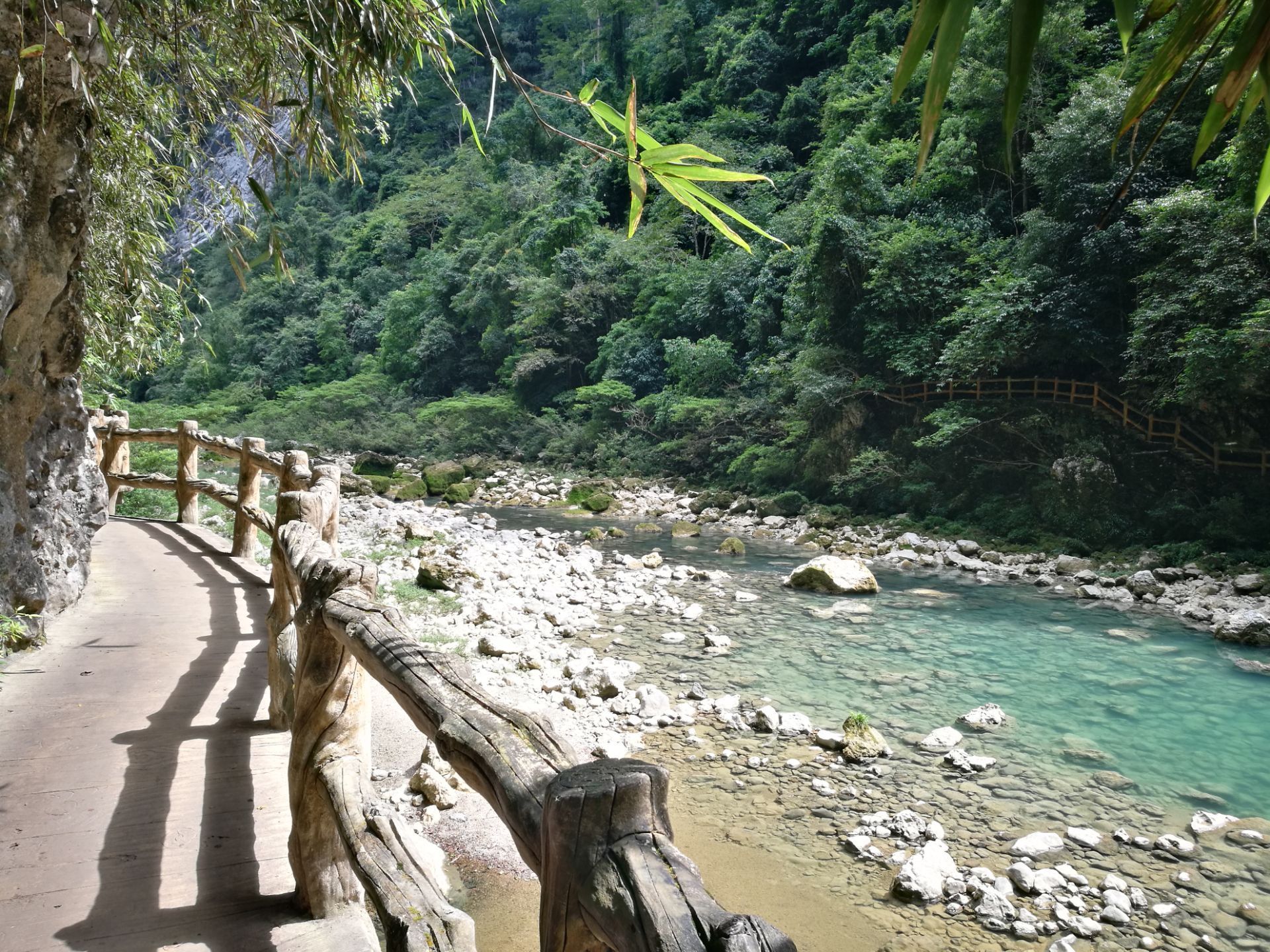

Maolan National Nature Reserve
Located in Libo County, Guizhou Province, China, Maolan National Nature Reserve spans approximately 213 square kilometers. Established in 1988, the reserve aims to protect the unique karst forest ecosystem and its diverse flora and fauna. Recognized as a UNESCO World Biosphere Reserve in 1996, Maolan is celebrated for its well-preserved subtropical karst landscapes, featuring dense forests, limestone peaks, deep gorges, and an extensive network of caves and underground rivers. The reserve is home to numerous rare and endangered species, including the Chinese yew, dove tree, clouded leopard, and forest musk deer. Its rich biodiversity and pristine natural beauty make it a significant site for ecological research and nature tourism.
Information
Ticket price
Time
Location
Libo County, Qiannan Buyi and Miao Autonomous Prefecture, Guizhou, China
View maps
More about the trip
Maolan National Nature Reserve: A Pristine Karst Forest Ecosystem
Maolan National Nature Reserve, located in Libo County, Guizhou Province, China, spans approximately 213 square kilometers. Established in 1988, the reserve aims to protect the unique karst forest ecosystem and its diverse flora and fauna. Recognized as a UNESCO World Biosphere Reserve in 1996, Maolan is celebrated for its well-preserved subtropical karst landscapes, featuring dense forests, limestone peaks, deep gorges, and an extensive network of caves and underground rivers. Its rich biodiversity and pristine natural beauty make it a significant site for ecological research and nature tourism.
What to See and Do
Explore the Karst Forest: Hike through the dense, subtropical karst forest, which is a rare and unique ecosystem. The forest is home to a wide variety of plant species, including ancient trees and medicinal herbs.
Caves and Underground Rivers: Discover the numerous caves and underground rivers that are characteristic of karst landscapes. Some caves might be accessible for exploration, offering a glimpse into the subterranean world.
Limestone Peaks and Gorges: Admire the dramatic limestone peaks and deep gorges that define the reserve's landscape. Various viewpoints offer stunning panoramic vistas.
Biodiversity Observation: Maolan is a haven for wildlife. Keep an eye out for various bird species, insects, and if you're lucky, you might spot some of the rare animals that inhabit the reserve, such as the Chinese yew or the forest musk deer.
Ecological Education: Learn about the importance of karst forest ecosystems and the conservation efforts undertaken to protect this unique environment.
Best Time to Visit
Spring and autumn offer the most pleasant weather for hiking and exploring. Summer is lush but can be humid. The reserve is open year-round, but some areas might be less accessible during heavy rain.
How to Get There
Maolan National Nature Reserve is located in Libo County. You can take a bus from Guiyang or Libo County town to the reserve. Given its natural and protected status, it might be best to arrange transportation with a local tour operator or hire a private car.
Travel Tips
Wear comfortable hiking shoes: The trails can be uneven and sometimes slippery.
Bring insect repellent: Especially during warmer months.
Respect the environment: Follow all park rules, stay on designated trails, and do not disturb the wildlife.
Sun protection: Bring a hat, sunglasses, and sunscreen for outdoor areas.





